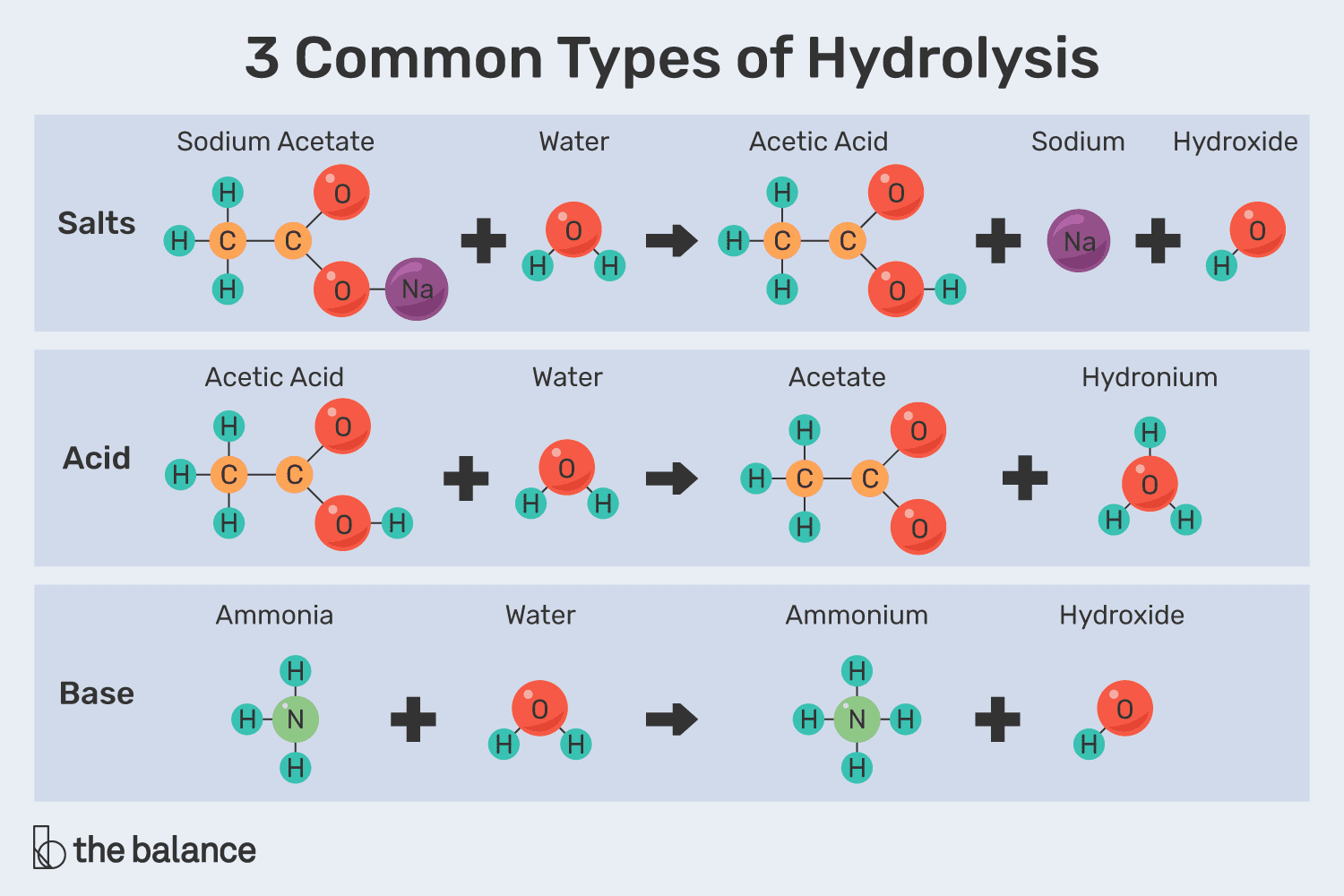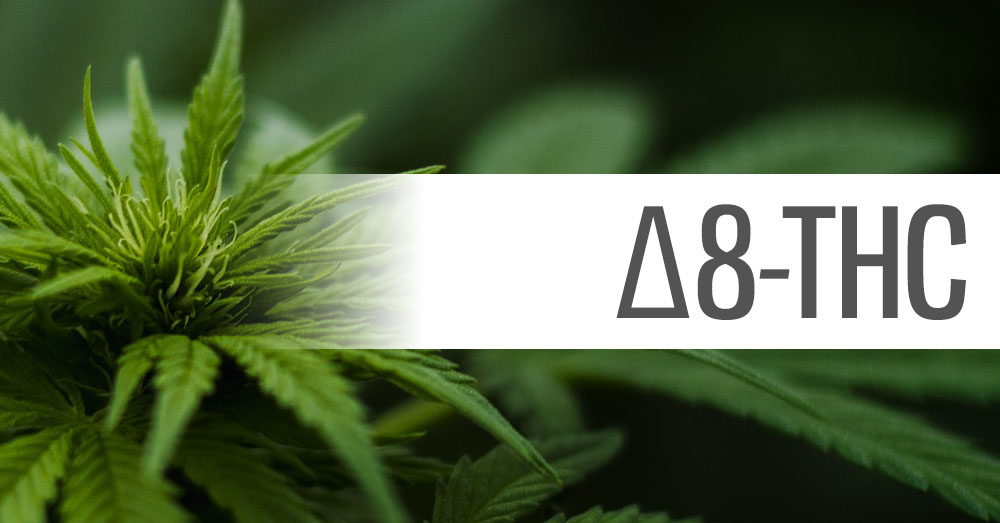You may have heard about Delta 8 recently, and while it’s not a new substance, it’s certainly becoming more common. With the increased use of cannabis in various products, like drinks, gummies, as well as e-cigarettes and vaping.
There is likely to be more information about it in the coming months. There has been some concern around this cannabinoid lately due to the effects that its high concentrations can have on users. However, these concerns are not substantial when you look at the science behind D8 THC. Let’s take a closer look at what D8 THC is and why people are talking about it so much right now…
What is Delta 8?
D8 stands for delta-8 tetrahydrocannabinol, which is the chemical name for THC. THC is the most well-known and most commonly used cannabinoid in the world. It is found in the cannabis plant, and it is the chemical in the plant that causes the “high” feeling that you get when you consume it. You can find THC in its raw form, or you might find it as a synthetic version that is made in a lab.
Delta-8 is found in trace amounts in cannabis and hemp plants, and as hemp is legal to grow anywhere in the US and more readily available. But for now, cannabis plants typically contain 0.1% delta-8-THC or less. Delta-8 THC products have become one of the fastest-growing sectors of the hemp industry.
Delta-8 THC is very similar to delta-9 THC, the primary active ingredient of marijuana, in terms of both chemical structure—three rings of carbon, a long tail, some hangers-on—and psychological effects. The only difference is the position of a double bond in the carbon ring.

How Is D8 THC Made?
As we mentioned above, Delta 8 THC is created in a lab by mixing CBD and THC together. The ratio of CBD to THC will ultimately determine the percentage of Delta 8 THC that you get. The higher the ratio of CBD to THC, the lower the percentage of D8 THC will be in the final creation.
Delta 8 THC is created by taking a mix of THC and CBD and then hydrolyzing both of these chemicals. Hydrolysis is a process that breaks down larger molecules into smaller ones. (In this case, the larger molecules are the THC and CBD molecules.) This creates a new compound that is the combination of THC and CBD called THC-CBD. Then, the THC-CBD is further processed to create the D8 THC.

The Effects of Delta 8
Delta 8 THC is an interesting cannabinoid because it has been shown to have both psychoactive and non-psychoactive properties. This means that it can cause a high, like THC does, but it also doesn’t cause a high.
The D8 THC that is psychoactive is a lot less potent than regular THC. It is only about 1/10 as potent as the THC found in cannabis.
While delta-8 THC can be bought in convenience stores and hemp shops in many states, over a dozen U.S. states have blocked the sale of delta-8 THC products due to a lack of research on its psychoactive effects and concerns over contamination with heavy metals and other toxic substances.
D8 THC and CBD: What is the Difference?
Delta 8 THC and CBD are created in a lab by mixing THC and CBD together. CBD is the non-psychoactive cannabinoid that can be found in cannabis. It has been used to treat various conditions, including anxiety and insomnia.
THC, on the other hand, is the psychoactive cannabinoid that is found in cannabis. It is what causes the high feeling that people associate with cannabis.
D8 THC has a higher percentage of CBD than THC, so it doesn’t cause a high. In fact, most people won’t feel anything at all when consuming D8 THC. There are some people who experience a slight relaxation when consuming D8 THC, but that is about it. Users say Delta-8 can also: Calm nausea, Boost appetite, and ease pain relief
What You Should Know About Delta 8
D8 THC doesn’t cause a “high” like regular THC does. This means that it can be in various products without creating a buzz around its use. This fact makes D8 THC very appealing to corporate companies that want to create cannabis-based products but don’t want to make their customers feel “high.”
Because of its lack of psychoactive properties, it is ideal for these companies to use D8 THC in their products. D8 THC has been shown to have anti-inflammatory effects. This makes it a great option for people who want to use cannabis but have allergies to THC. D8 THC is also great for people who want to use cannabis but have a condition that makes them sensitive to THC. These people might not feel anything when consuming regular THC, but they will feel something when consuming D8 THC.
D8 THC is likely to become more popular as time goes on. There are a lot of companies that are just now discovering that D8 THC is a viable option for creating cannabis-derived products. The 2018 Farm Bill removed hemp from the legal definition of marijuana in the Controlled Substances Act. Because there’s little oversight or lab testing on what goes into Delta-8 products, chemists and other scientists have safety concerns.
People in states where THC is illegal crave cannabis products and are now looking to delta-8 because it may be legal in their state, even though it is less potent than regular THC.

Final Words
One thing that all cannabis users should be aware of is that there are many different names for different cannabinoids. THC, CBD, and D8 THC are all names for different versions of the same cannabinoid.
This is why you might hear THC referred to as D8 THC in some places and vice versa. Be aware of what cannabinoid names you come across, and you’ll be better equipped to make decisions about the cannabis-based products that you consume. You can also use this article as a reference to better understand the different cannabinoids and their effects on the human body.

